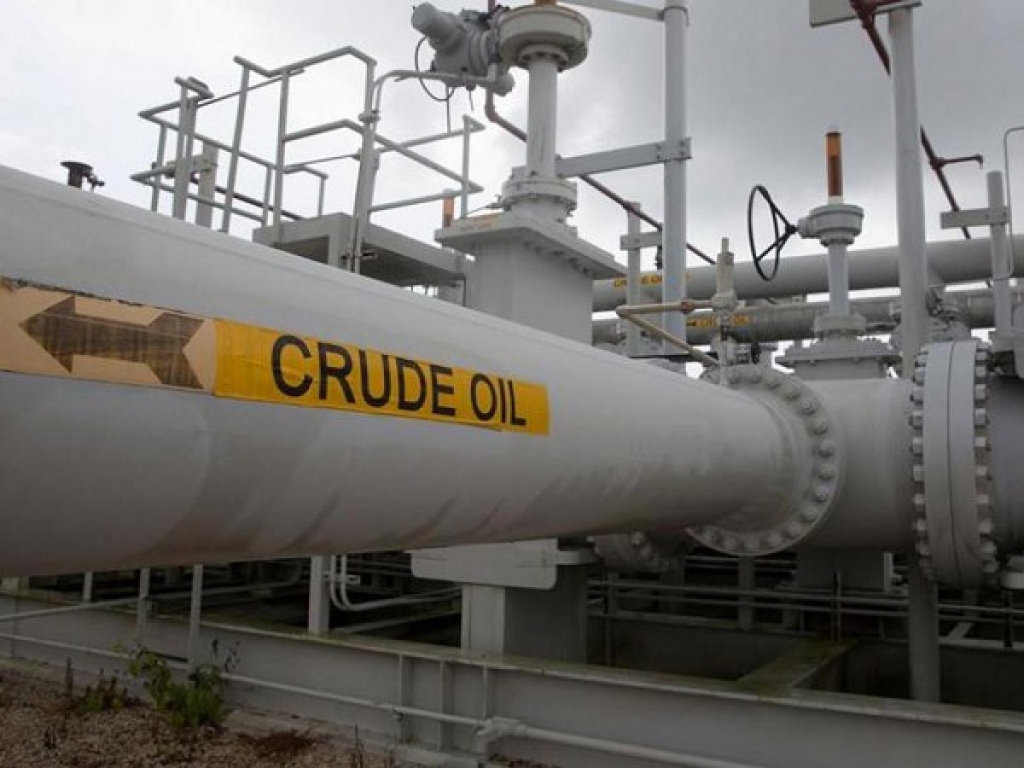
Glencore sold and offered cargoes of Forties via ship-to-ship transfer, which traders often perceive to be symptomatic of an oversupplied market.
The North Sea swaps curve has reverted to contango, as pressure has risen on prompt-loading barrels ahead of an increase in supply next month and as flows to Asia have dried to a trickle.
After a record number of tankers sailed east in October, no VLCCs have loaded at Hound Point since the first week in November and none have been booked so far to sail in December.
After nearly three months of backwardation in the forward curve, much of the oil that had been in storage has now come into the market, which has served to draw down inventories, but in turn, weighed on the prompt price.
Between mid July and mid September, the amount of North Sea oil in floating storage, among the most expensive of storage options, fell to virtually nothing from closer to 15 million barrels, which would equate to a drain of around 150,000 barrels per day.
One trading source said the contango would only serve to encourage more oil back into storage in the coming weeks, especially given the heavy refinery maintenance in Europe and Asia in the final weeks of 2017 and into the first quarter of next year.